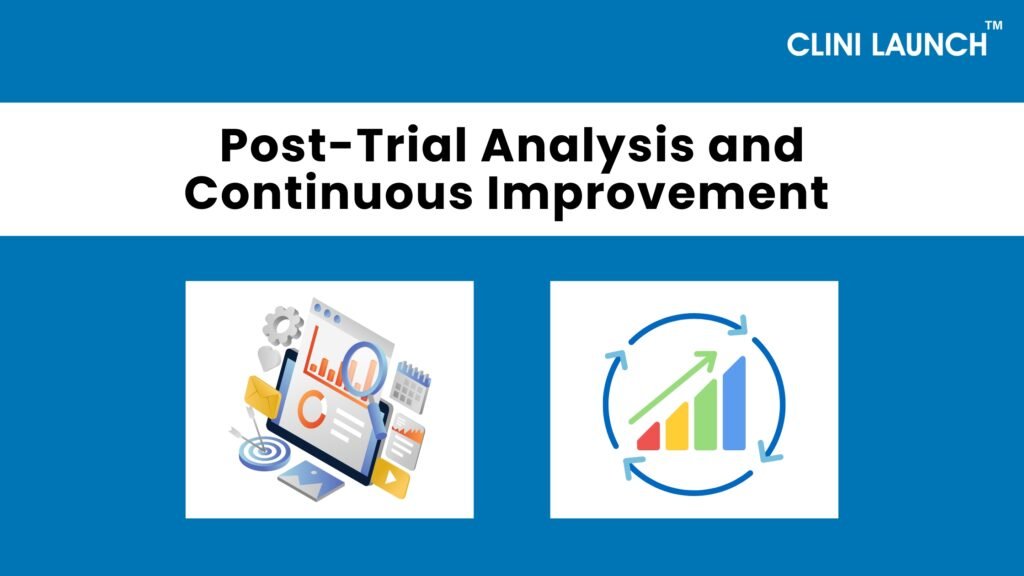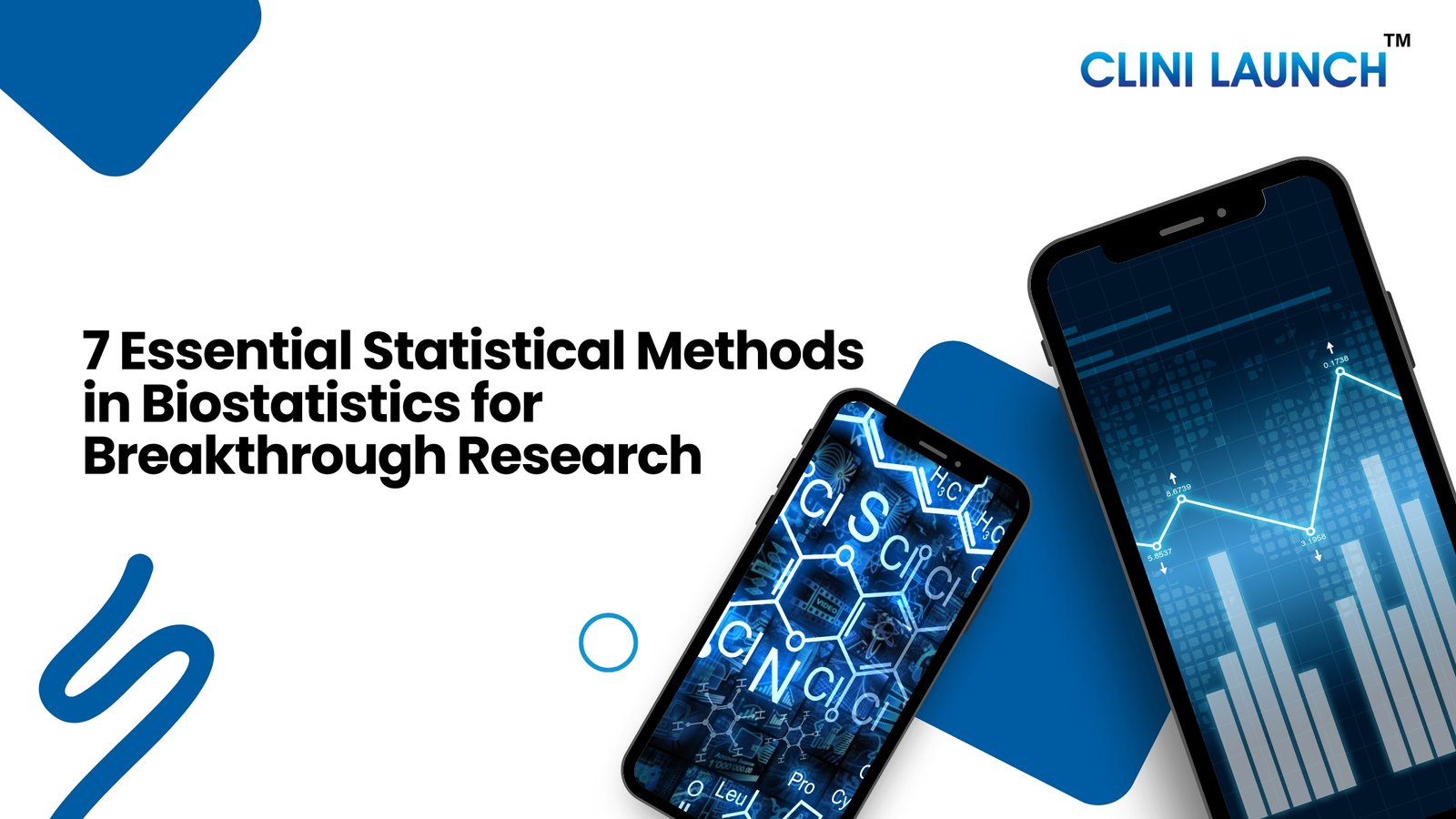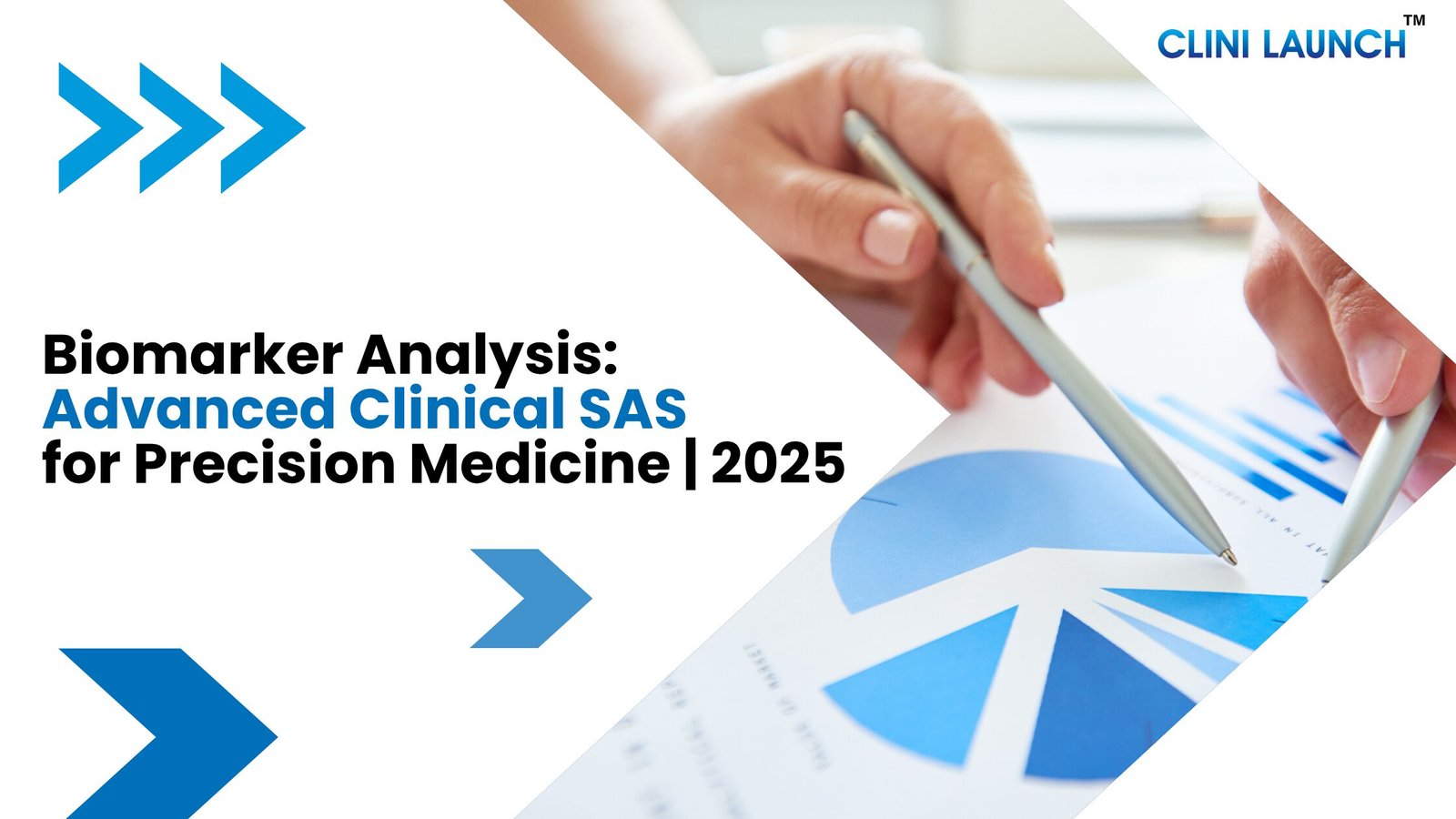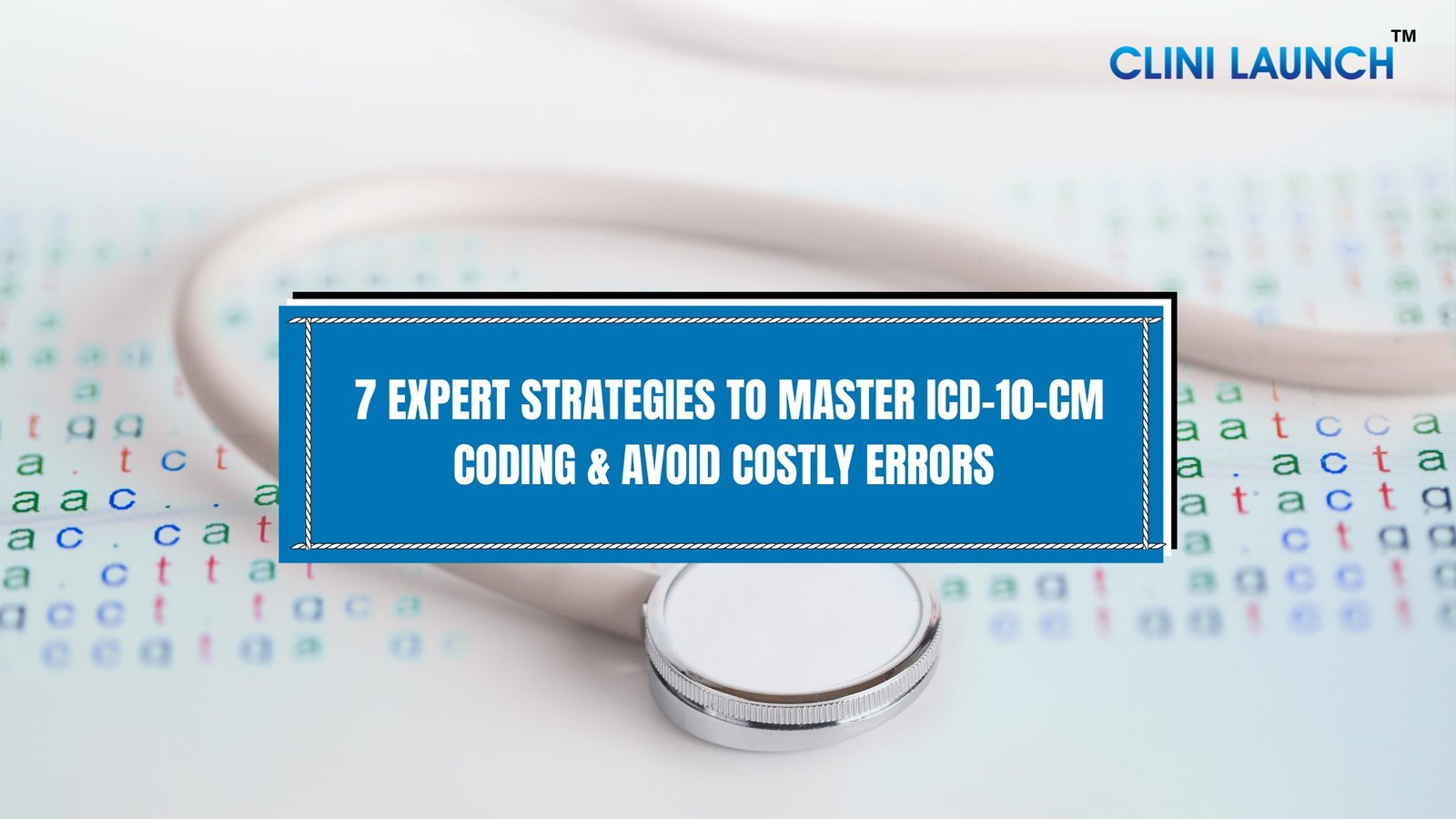TABLE OF CONTENTS
Introduction
5 Steps to Enhance Clinical Trial Recruitment Process
Step 1: Hyper-Targeting with Precision Data
Step 2: Omnichannel Recruitment Strategies
Step 3: Patient-Centric Engagement and Communication
Step 4: Data-Driven Monitoring and Optimization
Step 5: Post-Trial Analysis and Continuous Improvement
Conclusion
Clinical Trial Recruitment Process: 5 Crucial Key Strategies
In clinical research, 2025 marks a pivotal point, where the intersection of advanced technology and evolving patient expectations is reshaping drug development. With the increasing complexity of clinical trials and the growing demand for personalized medicine, the clinical trial recruitment process has become more critical than ever. Studies indicate that delays in patient enrollment can extend trial timelines by months, even years, leading to significant financial burdens and delayed access to potentially life-saving therapies. In this dynamic environment, a proactive and data-driven approach is essential for successful recruitment.
This blog aims to provide a comprehensive blueprint, outlining five key strategies that will revolutionize patient recruitment in clinical trials, ensuring efficiency, inclusivity, and ultimately, improved patient outcomes.
Learn Clinical Trial Recruitment Process. Click here Clinical Research
5 Steps to Enhance Clinical Trial Recruitment Process
Step 1: Hyper-Targeting with Precision Data
The days of casting a wide net for clinical trial participants are over in 2025. The future of effective patient recruitment in clinical trials lies in hyper-targeting, a strategy that leverages the power of precision data to identify ideal candidates. This involves utilizing advanced analytics tools to explore through vast datasets, including real-world data (RWD), electronic health records (EHRs), and genomic data. By analyzing these data sources, researchers can pinpoint patients with specific genetic markers, lifestyle factors, or comorbidities that align with the trial’s inclusion and exclusion criteria.
The benefits of this approach are manifold. Precision matching not only increases enrollment rates by targeting individuals who are more likely to be eligible and interested in participating, but also improves the quality of data collected, leading to more robust and reliable trial results. Moreover, the integration of artificial intelligence (AI) and machine learning (ML) algorithms allows for predictive modeling, forecasting patient eligibility and interest with unprecedented accuracy. These technologies can identify patterns and correlations that are beyond human capabilities, enabling researchers to streamline the recruitment process and minimize delays. Therefore, to how to improve patient recruitment in clinical trials is to leverage the power of hyper-targeting.
For example, imagine a clinical trial for a novel gene therapy targeting a rare genetic disorder. By analyzing genomic data from patient registries and EHRs, researchers can identify individuals with specific genetic mutations and contact them directly. This targeted approach significantly reduces the time and resources required for recruitment, while also ensuring that the trial population is representative of the patient population.
In 2024, Phase I clinical trials started with 2368, phase II clinical trials started with 1764, and phase III clinical trials started with 1356.
Step 2: Omnichannel Recruitment Strategies

Reaching out patients in 2025 requires a multi-faceted approach leveraging a variety of digital and traditional channels. The modern patients are digital savvy and engage with healthcare information across various online platforms. Therefore, for a comprehensive CRO recruitment strategy, contract research organizations must encompass and must encompass an omnichannel approach.
Digital strategies include targeted social media campaigns, engaging online patient communities and forums, utilizing telemedicine for remote screening, and optimizing trial-related content for search engines (SEO). Social media platforms like Facebook, Instagram, and LinkedIn offer powerful targeting tools allowing CRO patient recruitment strategies to reach specific patient demographics and interests. Online patient communities provide a space for individuals with shared medical conditions to connect and share information, making them valuable resources for recruitment. Telemedicine and remote screening options expand the geographic reach of trials, making participation more accessible to patients in remote areas.
Traditional strategies, such as physician referrals and community outreach, remain vital. Building strong relationships with healthcare providers who can identify and refer eligible patients is essential. CRO patient recruitment strategies include partnering with local healthcare centers, clinics, and community organizations allowing them to engage with diverse patient populations. Collaborating with patient advocacy groups can help build trust and credibility, as these groups are often trusted sources of information for patients.
When working with Contract Research Organizations (CROs), it’s crucial to ensure they employ diverse strategies. Understanding CRO patient recruitment strategies is vital to optimize the patient recruitment process in clinical trials. The seamless integration of digital and traditional channels is essential for maximizing reach and engagement.
Step 3: Patient-Centric Engagement and Communication

Recently, patients are more informed and empowered, demanding transparency, and personalized experiences. CROs patient recruitment strategies suggest building trust and fostering engagement for successful recruitment. To achieve this, researchers must adopt a patient-centric approach that prioritizes the patient’s needs and preferences.
This includes simplifying the enrollment process by minimizing paperwork and offering online enrollment options. Personalized communication, tailored to individual patient needs, can address concerns and provide ongoing support. Providing comprehensive education about the clinical trial recruitment process, including its purpose, risks, and benefits, in a language that is easy to understand, is essential for building trust. Offering virtual trial options and remote participation can minimize patient burden and enhance accessibility.
Gathering and acting on patient feedback is also crucial for continuous improvement. Researchers should implement feedback mechanisms, such as surveys and interviews, to understand patient experiences and identify areas for improvement. Ethical considerations, such as informed consent and data privacy, must be carefully addressed throughout the recruitment process.
To truly how to improve patient recruitment in clinical trials, we have to focus on the patient journey and how we can make the experience better.
Step 4: Data-Driven Monitoring and Optimization
Continuous monitoring and data analysis are essential for optimizing the clinical trial recruitment process. By tracking key performance indicators (KPIs), such as enrollment rates, time to enrollment, and patient retention, researchers can identify bottlenecks and implement timely adjustments.
Advanced analytics platforms provide real-time insights into recruitment performance, allowing for data-driven decision-making. A/B testing of recruitment materials and strategies enables the identification of the most effective approaches. Regularly reporting and dashboards provide stakeholders with clear visibility into recruitment progress.
Leveraging data to understand patient attrition and identify factors influencing dropout rates is crucial for improving retention. Implementing proactive strategies to address these factors can significantly enhance trial completion rates.
Recruitment team can fix the strategy real-time with data driven insights responding to shifts in patient interest or availability. This agility improves recruitment success and speeds up the trial process itself.
Step 5: Post-Trial Analysis and Continuous Improvement

The final step in optimizing the clinical trial recruitment process is to conduct a thorough post-trial analysis. This involves evaluating the effectiveness of recruitment strategies, identifying areas for improvement, and documenting best practices.
Post-trial surveys and interviews provide valuable insights into patient experiences and preferences. Analyzing recruitment data helps identify successful strategies and areas for refinement. Sharing best practices within the clinical research community fosters collaboration and innovation.
In 2025, continuous improvement is paramount. Trial sponsors must stay abreast of emerging technologies and trends, adapting their recruitment strategies to meet the evolving needs of patients and the healthcare ecosystem. By focusing on how to improve patient recruitment in clinical trials, we pave the way for medical breakthroughs that benefit humanity as a whole.
Read our recent blog post on Cryptography in Cybersecurity: A Comprehensive Guide | 2025
Conclusion
In essence, optimizing the clinical trial recruitment process for 2025 and beyond requires a strategic shift towards hyper-targeting through precision data, omnichannel recruitment, patient-centric engagement, real-time data monitoring, and continuous improvement. By embracing these data-driven and patient-focused strategies, we can significantly enhance efficiency, inclusivity, and ultimately, accelerate medical breakthroughs, paving the way for a more robust and patient-centered clinical research landscape. By focusing on these five key steps, we can ensure that the patient recruitment process in clinical trials is optimized to meet the challenges and opportunities of the future.
Ready to revolutionize your approach to clinical trial recruitment and stay ahead in the evolving healthcare landscape? Discover innovative strategies and advanced insights to enhance your professional growth. Visit CliniLaunch Research today to access transformative courses and resources that will empower you to excel in the future of clinical research.
References
- 5 Key Strategies for Clinical Trial Patient Recruitment https://www.proximacro.com/news/5-key-strategies-for-clinical-trial-patient-recruitment
- 5 Ways to Improve Patient Recruitment in Clinical Trials in 2025 https://www.patiro.com/insights/5-ways-to-improve-patient-recruitment-in-clinical-trials-in-2025
- How 7 Steps Transform Clinical Trial Recruitment https://schedule-call.apexmedicalresearch.com/post/how-7-steps-transform-clinical-trial-recruitment





